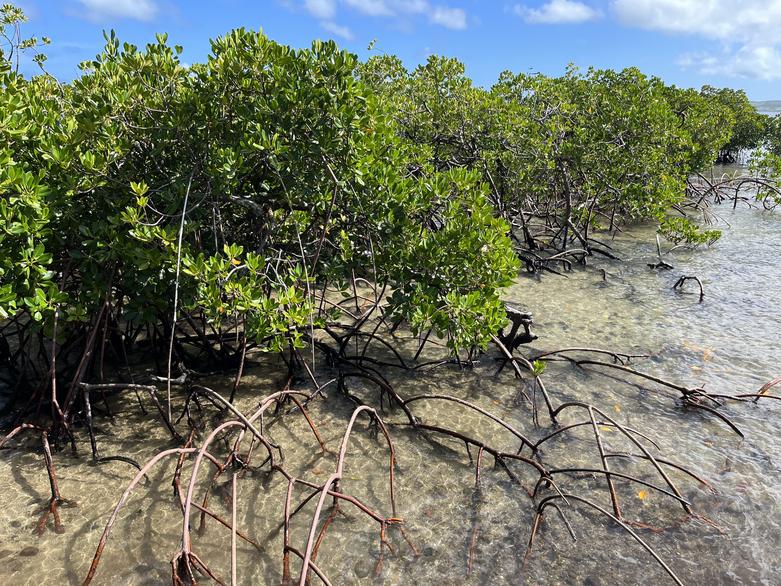Context
Seagrass meadows and mangrove forests sequester carbon at rates up to 66 times faster than terrestrial forests and store up to five times more carbon per hectare. These so-called blue carbon ecosystems play a significant role for people and nature in the four Pacific Island partner countries. They provide habitat and a source of food for ecologically and economically important species, improve water quality, safeguard food security, and protect the shoreline, its population, and adjacent ecosystems from storm-generated waves, sea level rise and erosion.
The past century has seen blue carbon habitat loss increasing rapidly, yet there are no adequate baselines to determine the current extent and rates of loss of such habitats or to design targeted management solutions. Standardised methods for assessing carbon stocks and emissions in seagrass and mangrove areas were introduced in 2012, but have not been applied consistently in Pacific Island Countries.
Objective
Fiji, Papua New Guinea, the Solomon Islands and Vanuatu are successfully conserving and managing seagrass and mangrove ecosystems to safeguard associated ecosystem services.
Approach
The project focuses on developing and strengthening institutional and individual capacities on a long-term basis. As a first step, the partners map the extent of seagrass and mangrove ecosystems in close collaboration with the project. On the basis of this information, the project supports national governments and stakeholders in the assessment and modelling of carbon storage capacity, emission potential and ecosystem services.
The resulting data make an important contribution to the inventory of associated natural capital and assist governments in establishing appropriate incentives for conservation, management and rehabilitation measures.
In addition, the project contributes to the dissemination of tried-and-tested approaches in the four partner countries as well as in neighbouring Pacific Island Countries.
Last update: June 2023
